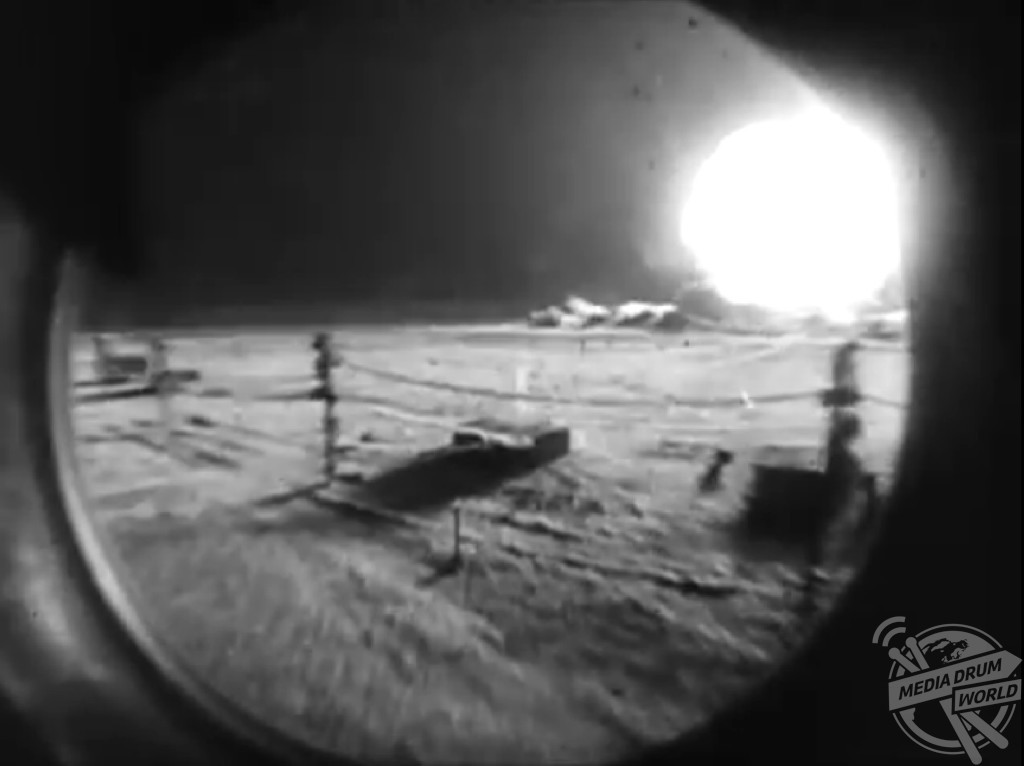By Tom Dare
AN INCREDIBLE video and set of images showing a nuclear bomb test being carried out in the Nevada desert in the mid-1950s sheds light on how little was known about the deadly weapon sixty-years ago.
Produced as a promotional video for the American military in 1955, the video shows soldiers taking shelter in trenches as the bomb is dropped less than five miles away from them.
And just a few minutes after the initial explosion and debris has cleared the soldiers begin marching toward the bomb site, clearly unaware of the risks involved.
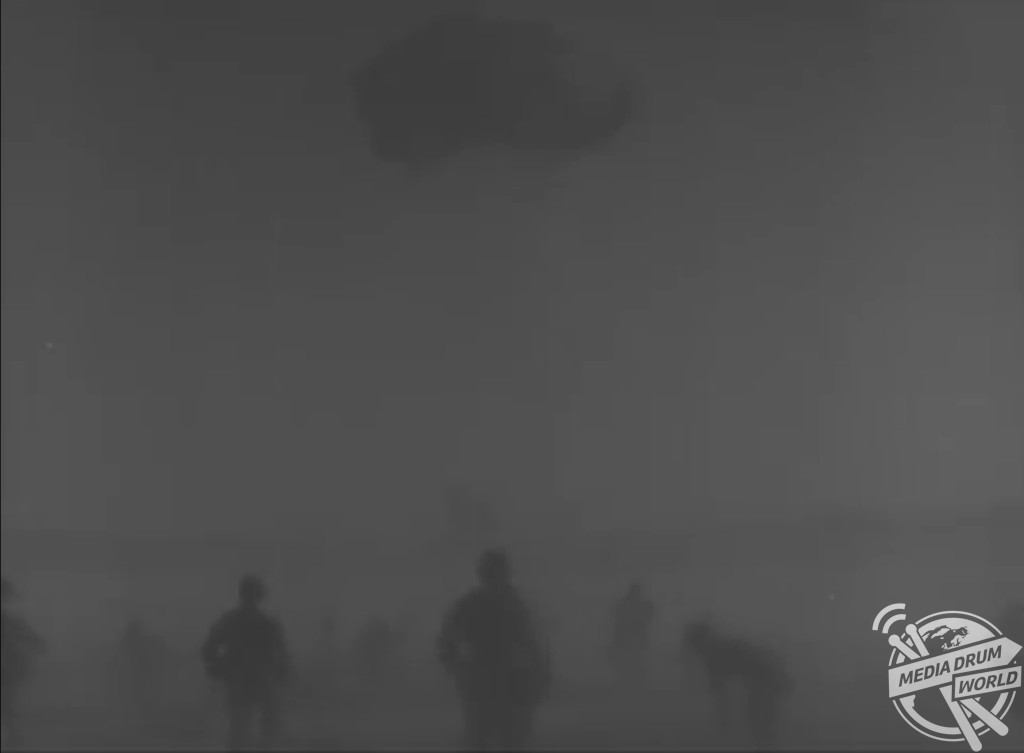
With the Second World War effectively being ended by an atomic bomb, the post-war period saw an unprecedented arms race between the world’s two new superpowers, the USSR and America.
The USSR acquired the bomb in 1949, four years after the Americans, and with tensions building between the two conflicting ideologies of capitalism and communism the question of ‘who has more weapons’ took on global importance.
By 1955, when the video was shot, both the USSR and America had tested their first hydrogen bombs, and rapid progress was being made in the competition to have the biggest and most powerful bombs possible. ‘Ivy Mike’, the codename of America’s first hydrogen bomb which they tested in 1952, was thought to be approximately 450 times more powerful than the bomb dropped on the Japanese city of Nagasaki at the end of World War II.
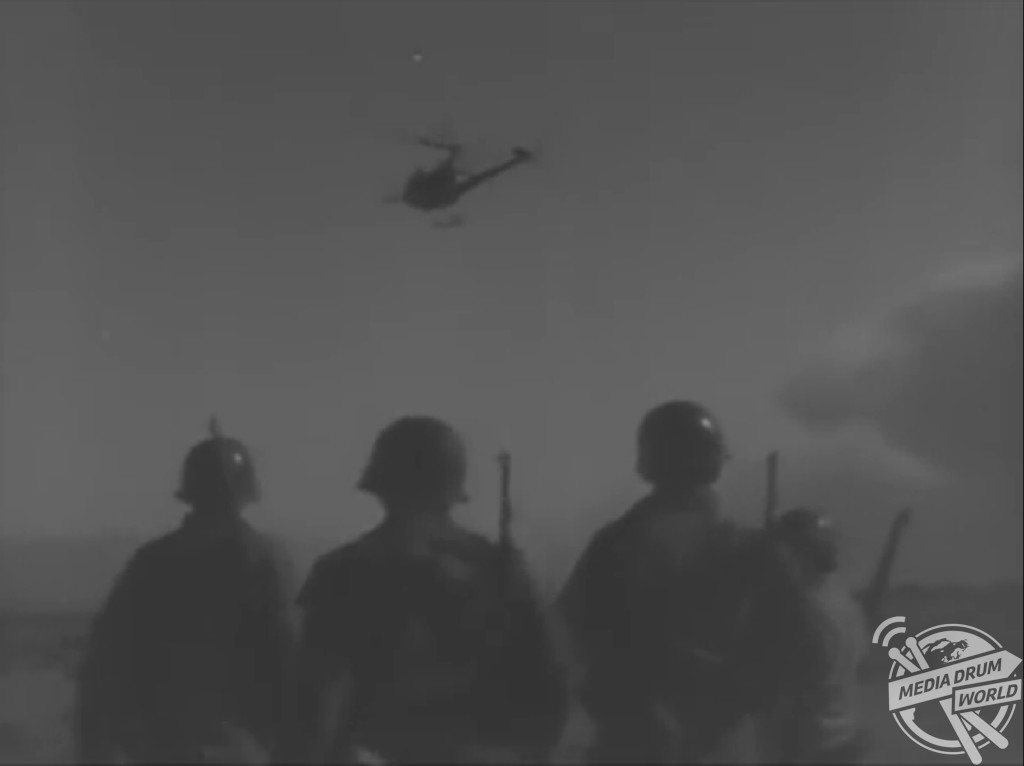
But, other than the fact that it could be deadly, little was known about the impact of nuclear weapons and the effect of radiation poisoning on the human body at the time. In US army videos from the 1950s, soldiers can be seen being told that “radiation hazard on the ground is over 90 seconds after the bomb goes off.”
Today the devastating power of radiation is far better understood, with relatively recent disasters such as the ones in Chernobyl and Fukushima seeing entire towns and cities evacuated for their own safety. While it can’t be known for sure that the soldiers in the video were exposed to dangerous levels of radiation, very few modern-day precautions were taken to ensure they remained safe.
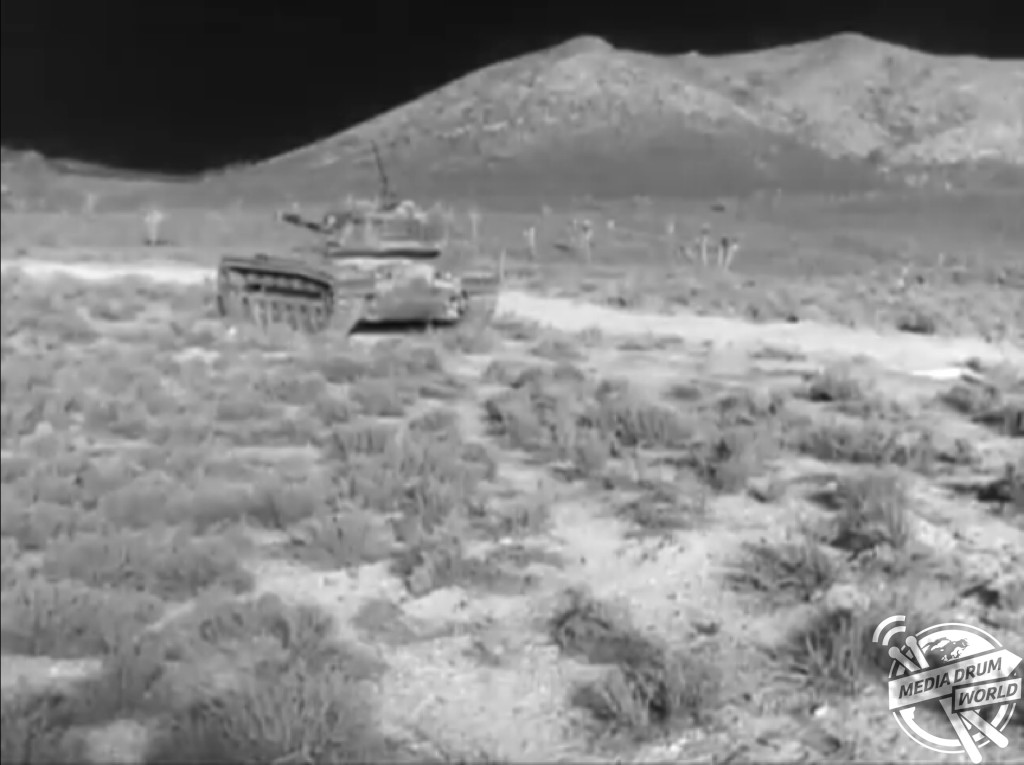
Indeed, such was the volume of tests in the Nevada desert in the 1950s that residents from hundreds of towns downwind of the fallout soon began to report a range of medical conditions, from unusual skin conditions to leukaemia.
And, in 1982, more than 1,100 people filed a class action lawsuit against the federal government, claiming they had lost relatives to leukemia and other cancers or were suffering from such diseases themselves as a result of exposure to radioactive fallout from the testing program.
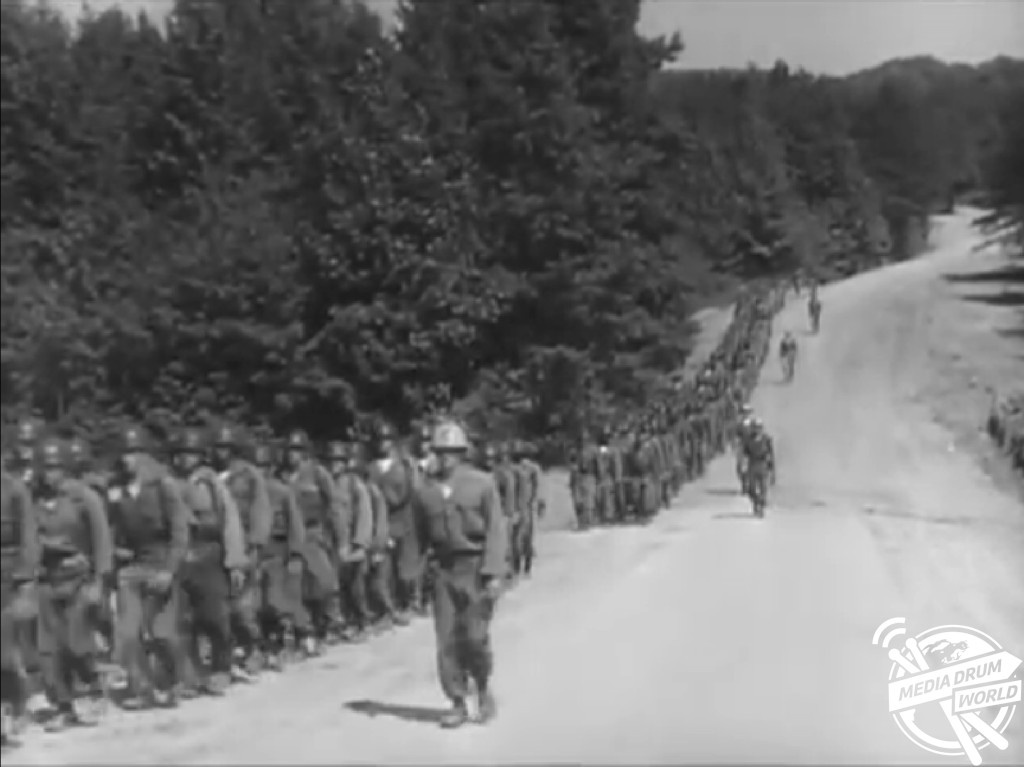
The judge in the case, which was heard in Salt Lake City, Utah, found that there was little conclusive proof of a link between the tests and the medical conditions to rule in favour of the plaintiffs. He did however find in favour of ten of the claimants, and awarded them damages in the sum of $2.7 million.

